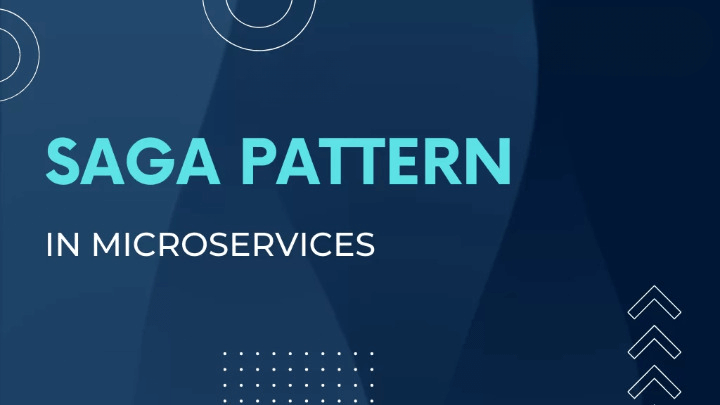Saga Pattern System Design
In this tutorial, we are going to discuss about the Saga Pattern System Design examples and use cases. The Saga pattern is a design pattern used to handle distributed transactions in microservices architectures. It ensures that a series of operations either all complete successfully or all fail and roll back. This pattern is particularly useful when transactions span multiple services and databases.
In the vast realm of distributed systems, the Saga Pattern emerges as a knight in shining armor, resolving consistency issues and ensuring successful transactions. But where is this knight most effective? Which battles are best fought using this strategy? And how does it look like in a real-world battlefield? To answer these, we will delve into the use cases and system design examples where the Saga Pattern truly shines.

Use Case 1: E-commerce Systems
Consider an e-commerce platform, a bustling marketplace brimming with transactions. An order placement in this system is a perfect example of a distributed transaction. What does it entail?
First, an Order service creates an order. Then, a Payment service charges the customer. Finally, an Inventory service checks and reduces the stock. But what if the inventory check fails? The order must be cancelled, and the customer’s payment refunded. A complex web of operations, isn’t it? That’s where the Saga Pattern steps in, ensuring that if any step fails, the transaction is rolled back successfully.
Use Case 2: Travel Booking Systems
Another great example is a travel booking system. Imagine booking a trip, which involves reserving a flight, booking a hotel, and perhaps renting a car. These operations need to succeed together or fail as a whole, right? But, they are independent services, possibly owned by different companies. Once again, the Saga Pattern is our savior, coordinating these services and ensuring a smooth booking experience.
System Design Example 1: Online Food Delivery
Let’s turn our attention to a specific example – an online food delivery platform. When a user places an order, several steps are initiated: the order is created, the restaurant confirms the order, the delivery partner is assigned, and finally, the payment is processed. But what happens if the restaurant runs out of an item?
The order needs to be cancelled and the payment refunded. In such a complex system, the Saga Pattern helps maintain data consistency across services. It allows the system to handle failure scenarios gracefully and ensures a seamless user experience.
System Design Example 2: Internet Banking
Consider another example – internet banking. A user wants to transfer money from their savings account to their checking account. The transaction involves two operations – debiting the savings account and crediting the checking account. These operations need to happen in unison. If one fails, the other should not proceed.
Do you see how crucial the Saga Pattern is here? Without it, a failure in the crediting operation could lead to money disappearing into thin air!
The Role of the Saga Pattern
So, what role does the Saga Pattern play in these systems? It weaves together the independent operations, ensuring they succeed or fail as a whole. It’s the conductor of our orchestration approach, ensuring each service plays its part at the right time. It’s the guiding light in our choreography approach, allowing each service to know its next step.
The Saga Pattern is the magic that turns a complex web of operations into a smooth, coordinated process. It’s the unseen hero ensuring data consistency in our microservices architecture.
Understanding the Trade-offs
As you’ve seen, the Saga Pattern is a powerful tool in distributed systems. But remember, with great power comes great responsibility. While it ensures data consistency and handles failures, it also introduces complexity and longer latency. It’s a trade-off, a delicate balancing act.
But then, isn’t that the beauty of software architecture? The ability to make informed decisions, to weigh the pros and cons, and choose the right tool for the job. With this in-depth understanding of the Saga Pattern, you’re now ready to do just that.
So, will you don the Saga Pattern’s armor the next time you’re faced with a distributed transaction? Will you call upon this knight in your next distributed system battle? With the knowledge and understanding you now possess, the choice is in your hands.
In the ever-evolving realm of software architecture, the Saga Pattern is a robust solution to the distributed transaction problem. By now, you should be able to understand why it’s used and how to implement it in various scenarios. However, the journey of learning doesn’t stop here. What other patterns and practices can we explore to further improve our systems? The world of software architecture is vast, with countless patterns and practices waiting to be discovered. Are you ready to continue exploring?
That’s all about the Saga Pattern System Design. If you have any queries or feedback, please write us email at contact@waytoeasylearn.com. Enjoy learning, Enjoy Microservices..!!